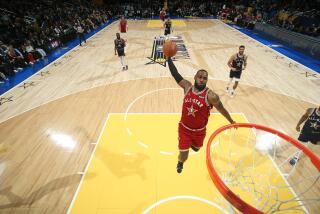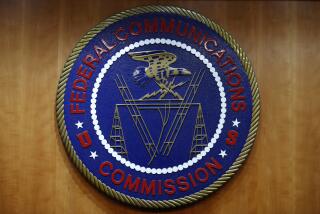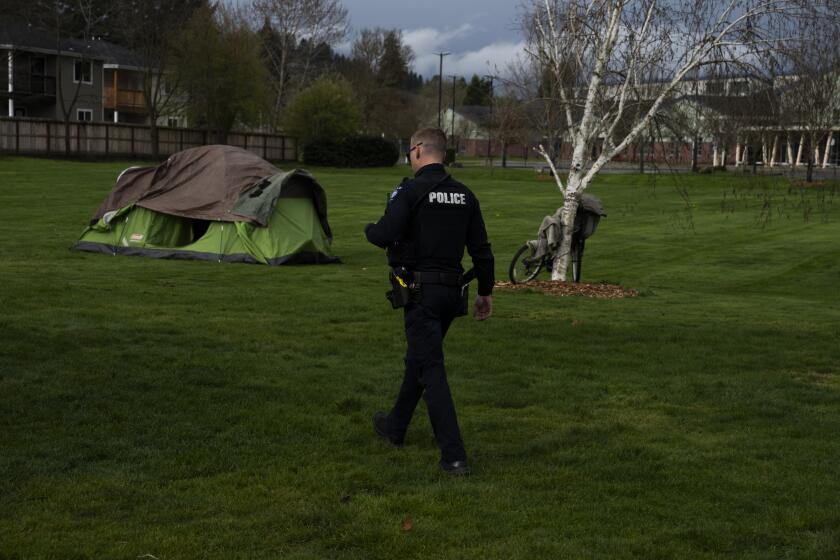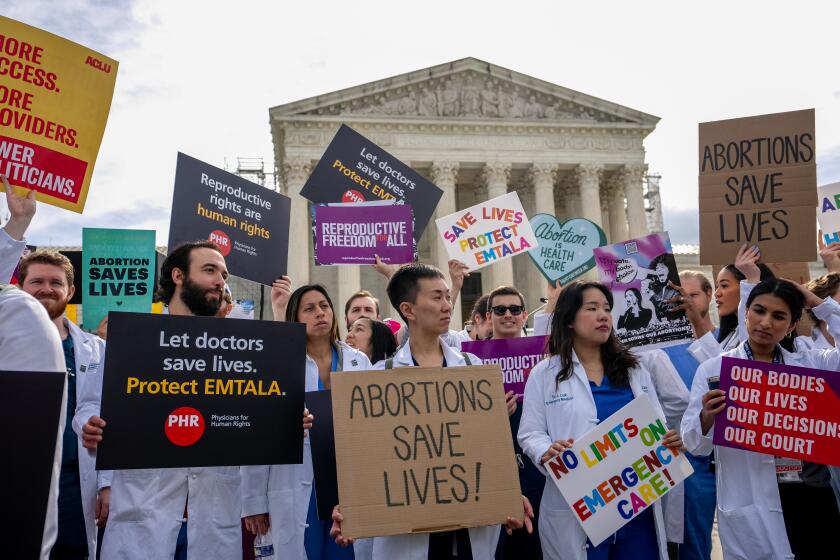FCC’s ‘white space’ decision
The Federal Communications Commission is slated to vote next week on a proposal to allow regulated but free public use of airwaves reserved for television broadcasters but not used by them. A number of tech companies and public interest groups want to populate these so-called white spaces with Internet and mobile data services, all coexisting peacefully with digital TV signals. But the proposal has been resisted by broadcasters, among others, who want more time to comment on the commission’s latest round of tests. Some opponents also have called for the airwaves to be auctioned off, which would effectively close the door to free uses of the spectrum.
The possibilities are compelling enough for the FCC to move ahead without auctions. Local stations have a valid claim to interference-free use of the frequencies they were assigned, even though they paid nothing for the exclusive rights to them. But the commission can set limits on devices that use the white spaces to minimize the risk of interference. A flat prohibition on their use is overkill.
The technology to find vacant channels within a heavily trafficked band of frequencies has long existed. In fact, the Defense Department allows unlicensed wireless devices, such as routers, to share frequencies used by military radar. Tests of white-space prototypes by the commission’s engineering office found that it’s technically feasible to detect even TV signals that are too weak to light up a screen. But the tests also found that crowded channels hurt the devices’ performance, with strong signals masking weaker transmissions from TV stations on adjacent channels. Programming a device to avoid known TV channels in the area solved that problem.
With this combination of sensing technology and local channel information, the commission’s engineers concluded, the prototypes had proved the feasibility of using white spaces. Nevertheless, the FCC should proceed cautiously, in light of how important TV is to the public. The limits reportedly under consideration by the FCC would make it harder to exploit the white spaces for their most intriguing use -- community-based broadband Internet services -- but would provide the necessary layers of protection for broadcasters and wireless-microphone users (such as concert performers and sports leagues). These include capping the devices’ signal strength and cordoning off some frequencies for wireless microphones. Most important, the commission would have to test and approve any model before it hit the market. With these kinds of safeguards for existing users of the TV band, wireless innovators should be free to see what they can do with the spaces in between.
More to Read
A cure for the common opinion
Get thought-provoking perspectives with our weekly newsletter.
You may occasionally receive promotional content from the Los Angeles Times.






